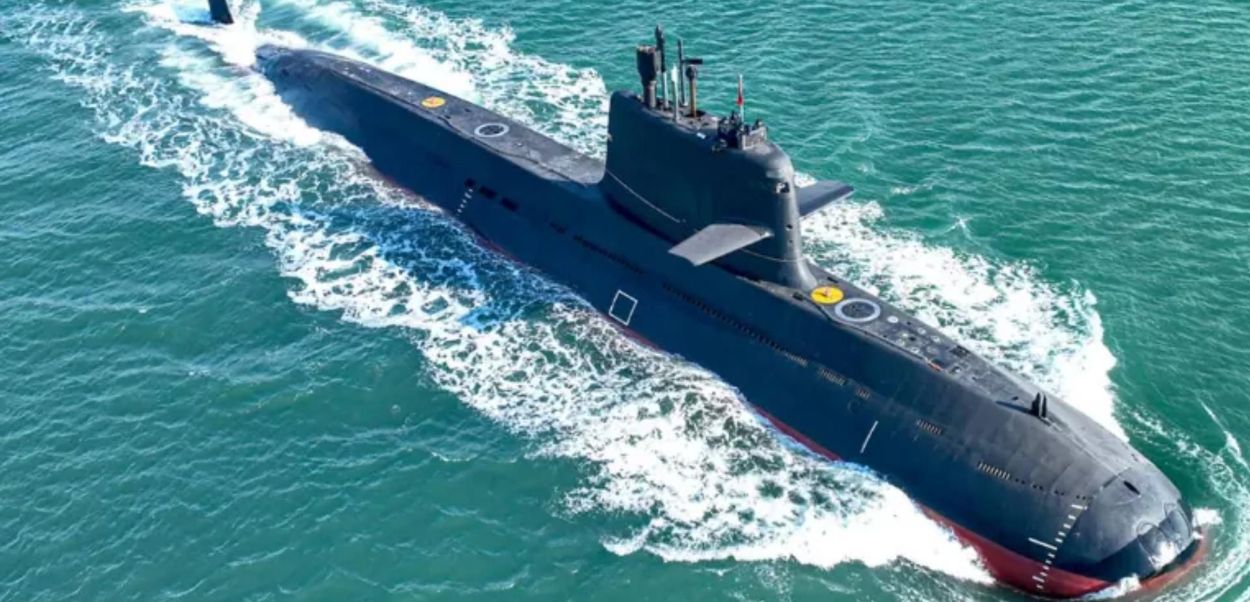Pakistan’s Chief of Naval Staff, Admiral Naveed Ashraf, has confirmed the first batch of Chinese-built Hangor-class submarines will enter service soon. This major naval advancement, expected in 2025, marks a significant step for both the Pakistan Navy and China’s defence export industry.
Analysts suggest the new fleet could challenge India’s naval dominance in the Indian Ocean and represents a key technical achievement for Beijing.
Admiral Ashraf assured that the submarine program is “progressing smoothly.” He emphasised the project’s dual benefit: boosting Pakistan’s submarine capabilities and fostering “self-reliance through transfer of technology and skill development.”
The Admiral also praised Chinese-origin platforms as reliable and technologically advanced. He further noted that Pakistan is exploring deeper collaboration with China in emerging technologies, such as artificial intelligence and unmanned systems.
Read: Pakistan Navy Launches PNS/M MANGRO Submarine, Bolsters Maritime Security
This development stems from a landmark agreement reached between the two nations in 2015. The $5 billion contract, Beijing’s largest-ever arms export deal, includes eight Type 094 (Jin-class) submarines. Pakistan will receive four vessels directly from China and assemble four more locally under a technology transfer arrangement.
The introduction of these submarines is poised to alter regional maritime dynamics. According to analysts, they will significantly enhance Pakistan’s anti-access and area-denial capabilities in the northern Arabian Sea.
Liselotte Odgaard from the Hudson Institute stated the fleet “complicates India’s maritime strategy and contributes to China’s broader Indo-Pacific ambitions.” The Type 039A submarines are based on China’s advanced Type 039 design. A key feature is their Air-Independent Propulsion (AIP) system, which allows them to remain submerged for up to three weeks.
This capability provides a considerable tactical advantage. Furthermore, their torpedo tubes can launch anti-ship and land-attack cruise missiles, potentially granting Pakistan a more secure second-strike nuclear capability.






